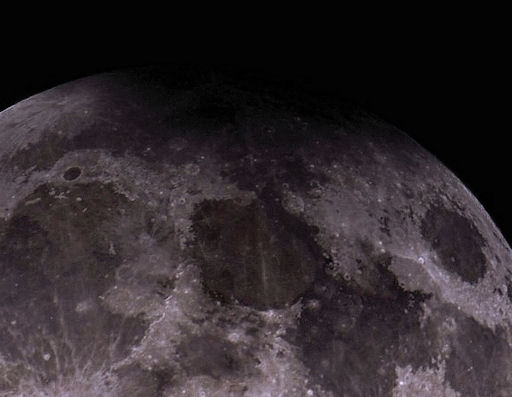Spaceweather.com - 4/27/13

Last night, the full Moon over Africa, Europe, Asia and Australia passed through the outer edge of Earth's shadow. It was the slightest of eclipses, with less than 2% of the lunar disk falling into darkness. Nevertheless, many sky watchers noticed, such as amateur astronomer Walter Borghini. He sends this picture of the shadow-zone from Casasco (AL), Italy:
As for lunar eclipses, this is as good as it gets until April 15, 2014. On that date, the the Moon will be fully engulfed by Earth's shadow and the lunar disk will turn a dark shade of sunset red. The total eclipse will be visible from the Americas and Australia: map. Until then, browse the gallery for images of last night's partial shadowfall.
For a realtime eclipse photo gallery please see Spaceweather.com